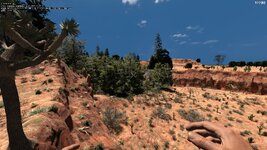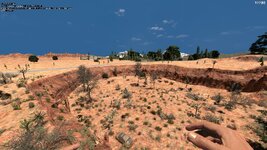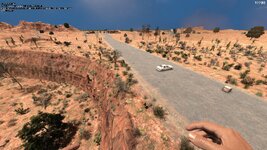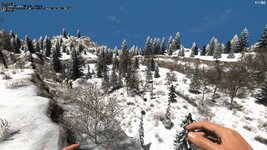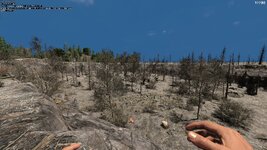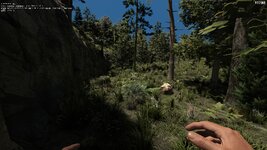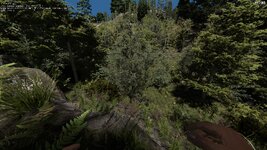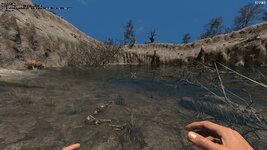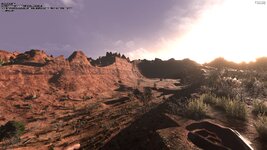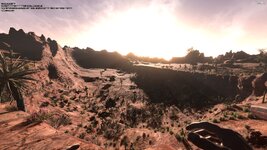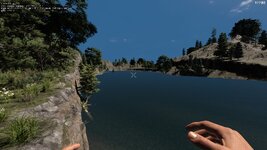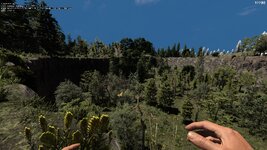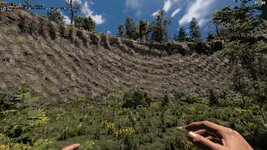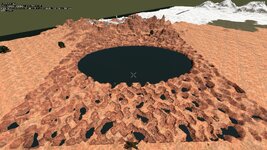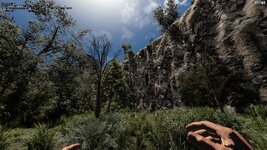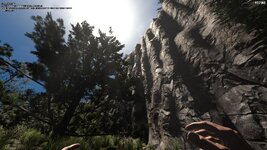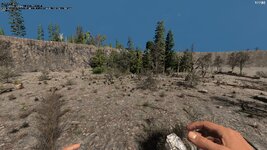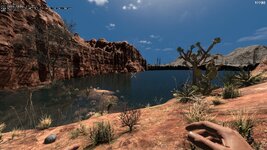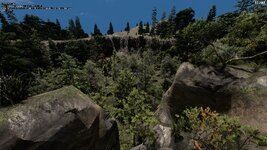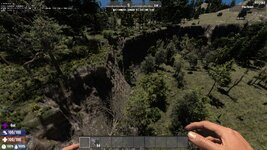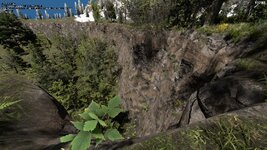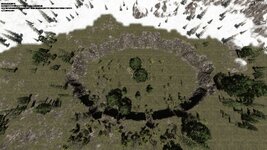EvilPolygons
Survivor
Just an update to correct an earlier assumption that I made about the raw file format:
After using an analysis script on various vanilla stamps (canyon, crater, etc) I've discovered that channel 0 in the raw file is indeed unused in canyon stamps, but it appears to definitely get some use in other types of stamps.
With canyon stamps, any value higher than 0 inside channel 0 causes a blanket "uplift" affect to the stamp. It acts kinda like an alpha offset mask to the heightmap data stored in channel 1, which raises your whole canyon stamp straight up out of the ground by whatever value (or array of values) you put in channel 0. That's not really something you want to ever happen with a canyon, so it makes sense that channel 0 remains unused in that type of stamp.
I have yet to dig into how exactly it's used in craters, hills, mountains, etc. But once this is all figured out, modders should easily be able to add any kind of terrain feature they want to the vanilla random world generator without ever having to write a single line of xml or c#.
After using an analysis script on various vanilla stamps (canyon, crater, etc) I've discovered that channel 0 in the raw file is indeed unused in canyon stamps, but it appears to definitely get some use in other types of stamps.
With canyon stamps, any value higher than 0 inside channel 0 causes a blanket "uplift" affect to the stamp. It acts kinda like an alpha offset mask to the heightmap data stored in channel 1, which raises your whole canyon stamp straight up out of the ground by whatever value (or array of values) you put in channel 0. That's not really something you want to ever happen with a canyon, so it makes sense that channel 0 remains unused in that type of stamp.
I have yet to dig into how exactly it's used in craters, hills, mountains, etc. But once this is all figured out, modders should easily be able to add any kind of terrain feature they want to the vanilla random world generator without ever having to write a single line of xml or c#.
Last edited:

